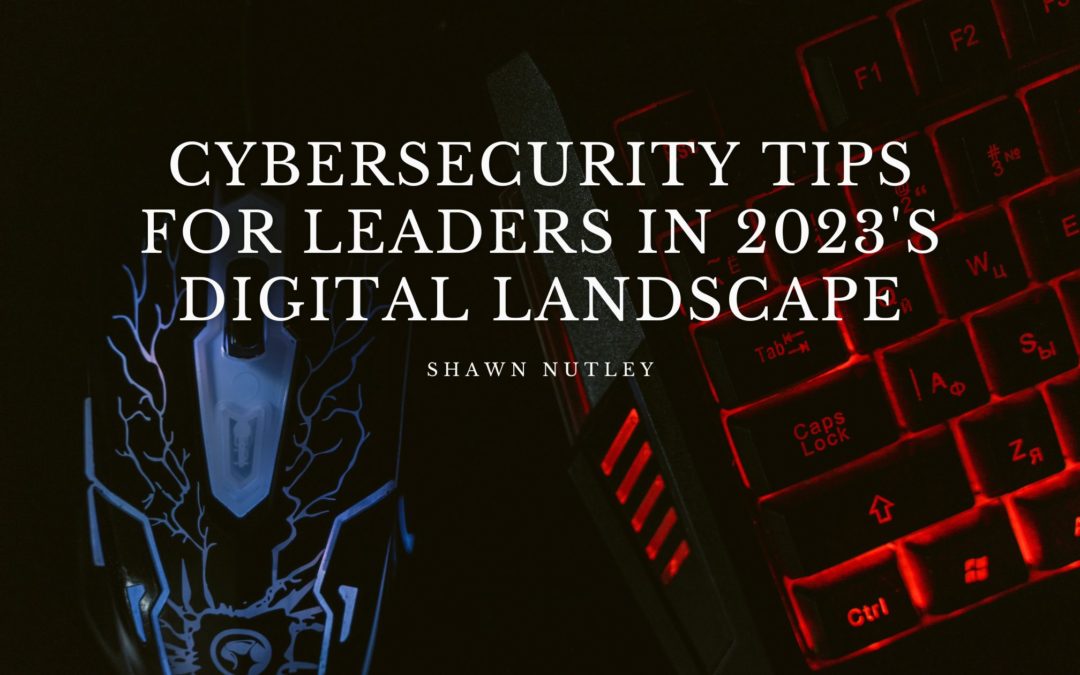The cybersecurity threats grow more challenging despite security personnel’s efforts. The average number of attacks and breaches rose by 15.1% in 2021. Nevertheless, 40% of chief security officers say their firms need more time to prepare for a fast-evolving cybersecurity threat.
Cybercriminals will grow more prolific, engaging in ransomware and phishing assaults. Security leaders must consider how to navigate a dynamic cybersecurity landscape. This article includes a few cybersecurity trends for 2023 that IT executives should consider.
SSO
Ransomware assaults will continue and increase in cost. Organizations must take action to safeguard their data against dangerous scenarios. Ransom payouts do not assure that customer data or system access will be restored. While industries like retail and local government are typically the targets of ransomware attacks, any organization that handles essential services or sensitive consumer data may also be a potential target. Single Sign-On (SSO) solutions provide identity and access management (IAM). This tech replaces passwords with secure tokens or automatically creates and fills safe passwords while keeping them secret from end users.
Endpoints
Endpoints are often ransomware’s first point of entry. Attackers invest time in compromising backups and other services to launch an attack. Organizations must improve their ability to rebuild endpoints using endpoint detection and response solutions (EDRs). Additionally, organizations will depend more on single sign-on with MFA security and exercise greater care when utilizing free SaaS products.
Training and Control
Things go wrong within a company when there is a gap between what the IT security team expects and what is implemented throughout departments. The #1 worry for IT security decision-makers is workers disobeying corporate security guidelines. Organizations must increase departmental focus on applying security best practices in 2023. Multi-factor authentication (MFA) and employee training will be as crucial as the enhancement of zero-trust architecture. Leaders should expect to pour money into cybersecurity budgets to expand validation efforts and security tools.
Transparency
As data leaks become increasingly public, organizations must be more transparent instead of trying to downplay an incident or hide it. In addition to admitting to the problem, customers will want to know the steps to mitigate and prevent future issues.
AI
The adoption of generative AI in security technologies will keep rising in popularity. It uses neural networks to discover critical network dangers, trends, and abnormalities that a person could overlook. Zero-trust architecture is progressing from a preference among certain enterprises to an industry norm as software supply chain assaults concentrate more and more on finding zero-day vulnerabilities. Operation verification must now be done continuously.

